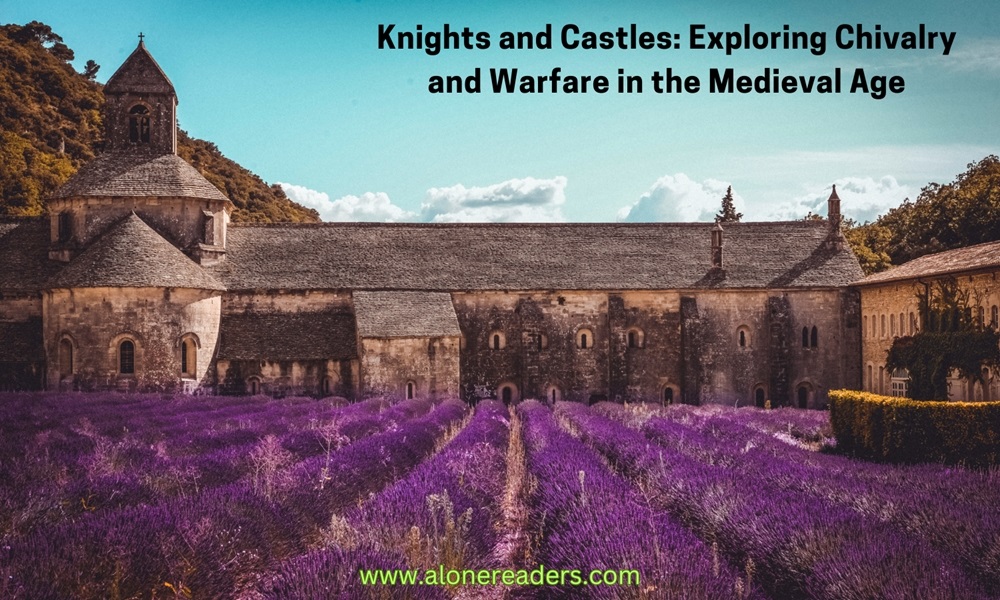
The medieval period, often referred to as the Middle Ages, was a time of profound societal change, marked by the emergence of knights, the construction of castles, and a unique approach to warfare. This era, stretching from the 5th to the late 15th century, is characterized by the code of chivalry, a complex set of ideals that knights were expected to uphold.
The concept of a knight emerged in the early Middle Ages as a class of warrior-nobles who served their lords in military matters. Knights were not only expected to be skilled in combat but also to adhere to the chivalric code, which included values like bravery, courtesy, honor, and great respect for women.
Training and Knighthood
Becoming a knight was a lengthy process that started in childhood. Boys as young as seven would be sent to a lord's house to begin their education as a page. By their teens, they would become squires, assisting knights and learning combat skills. Around the age of 21, a squire could be knighted after proving his skill and bravery.
Tournaments and Jousting
Tournaments were a key part of a knight's life, serving both as training and as a way to gain fame and fortune. Jousting, a highlight of these tournaments, was a martial game between two knights who would try to unseat each other from horseback using lances.
Castles were more than just residences for the nobility; they were fortresses designed for defense and symbols of power. The architecture of castles evolved over the centuries, from simple wooden motte-and-bailey structures to massive stone fortresses.
Life Inside a Castle
Life in a castle was not just about warfare. It was a bustling center of medieval life. Castles were self-contained communities with kitchens, chapels, and workshops. Nobles and their retainers lived in the relative comfort of the castle's halls, while soldiers and servants kept the castle running.
Warfare during the Middle Ages was a complex affair, with strategies and weaponry evolving over time. Siege warfare became increasingly significant, with castles being prime targets during conflicts.
The Role of Knights in Battles
Knights played a crucial role in medieval battles. Clad in armor and mounted on horseback, they were a formidable force on the battlefield. However, the rise of infantry tactics and long-range weapons like the English longbow began to challenge their dominance.
Weapons and Armor
The arms and armor of knights evolved throughout the Middle Ages. Early knights might have worn chainmail, but this eventually gave way to plate armor. Swords, lances, and shields were the main weapons of a knight, each crafted with skill to suit their specific needs.
The medieval knight and the ideals of chivalry began to decline with the advent of new military technologies and changes in warfare tactics. The introduction of gunpowder and firearms in warfare, along with the rise of professional armies, made the heavily armored knight less effective.
The age of chivalry, with its knights, castles, and unique approach to warfare, was a defining period in medieval history. It shaped not only the military tactics of the time but also had a lasting impact on culture and society. The legacy of this era continues to fascinate us, offering a window into a world of honor, bravery, and grandeur.